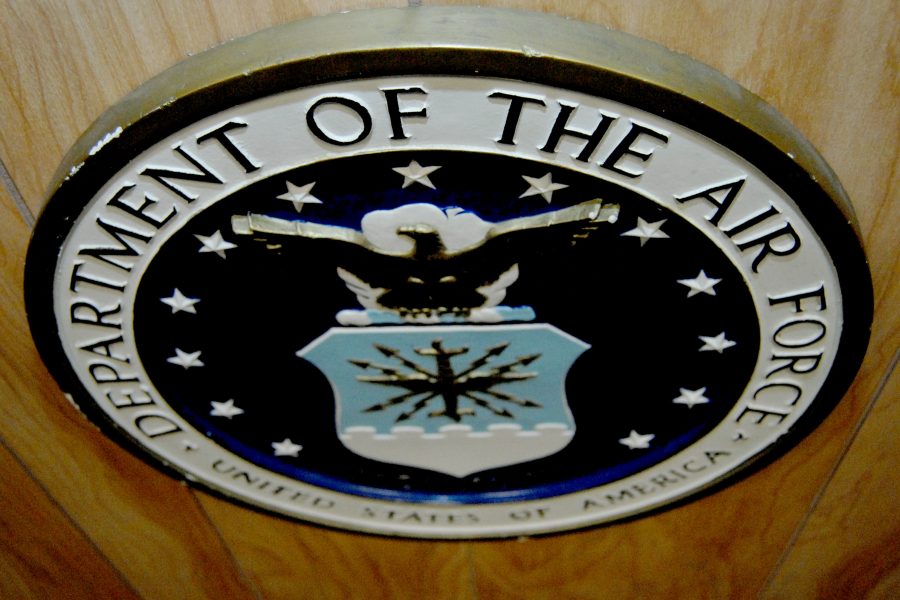When Department of the Air Force leaders in December ordered comprehensive reviews of all organizational heraldry, symbology, awards, mottos, and more, to identify issues that might impede their drive toward increased diversity and inclusion, they gave commanders 60 days to make any necessary changes.
Anything deemed “derogatory to any race, gender, sexual orientation, ethnicity, religion, age, or disability status”—including callsigns, if commanders chose—was fair game, spokesperson Maj. Holly Hess told Air Force Magazine.
But the findings of these commander-led inquiries won’t be compiled into a comprehensive report, said department spokesperson Ann M. Stefanek. Rather than spot checks for compliance, the reviews were intended to focus commanders’ attention on inclusion and review heraldry with that in mind, she said.
“This was a direction to go do, make changes on the spot, and get feedback from your units as to how you can make things better,” she said.
The order didn’t require commanders to compile lists of problematic aspects of heraldry or culture that fell under the reviews’ purview. Likewise, they didn’t have to share information about their findings or action steps with higher levels of service or Department of the Air Force leadership.
“The Department of the Air Force trusts its leaders to make thoughtful judgement calls and trusts those leaders to conduct a proper review,” Hess said. “Commanders have been advised to work in conjunction with their historians, staff judge advocates, and equal opportunity specialists in determining any item(s) that, in their judgment, could detract from a professional or inclusive workplace.”
Commanders received no special guidance, frameworks, or rubrics to use in the review, Stefanek said. “I wish we could give a guidebook, because it sure would make life easier for commanders, but that’s why our senior leaders have put great trust and confidence in commanders to make those tough calls,” she said.
That being said, if Airmen or Guardians feel that their commanders are dropping the ball when it comes to ensuring diversity and inclusion in their units, they’ve got “opportunities …where they can report a problem,” Stefanek noted.
At least one Air Force organization made changes as a result of the directive. The 51st Civil Engineer Squadron at Osan Air Base, South Korea, jettisoned a morale patch and went back to an older version when it was found the more recent image resembled an image used by a white supremacist group, the military newspaper Stars and Stripes reported March 16.
